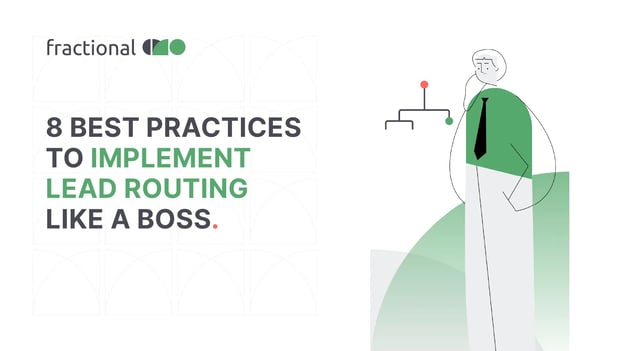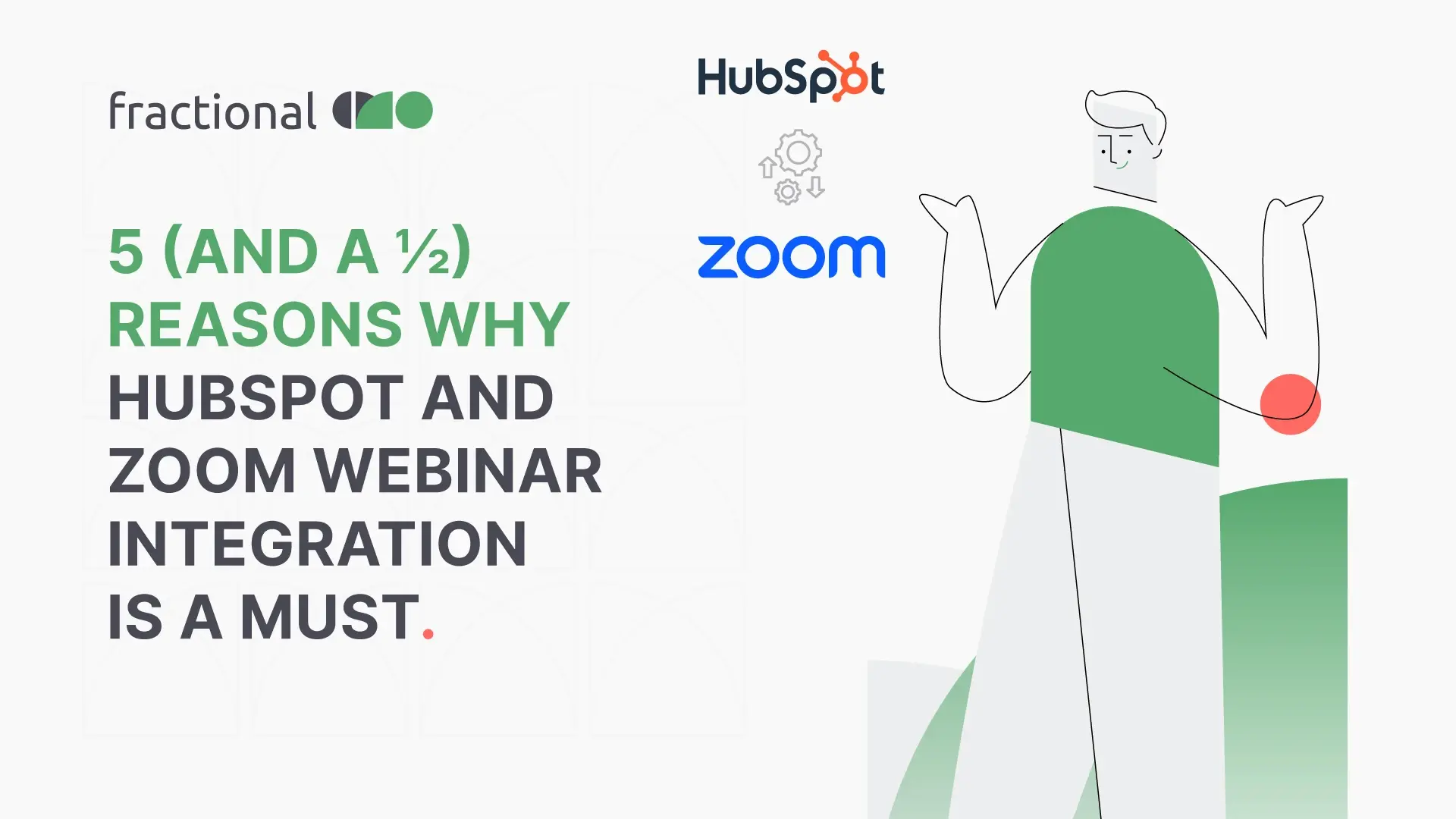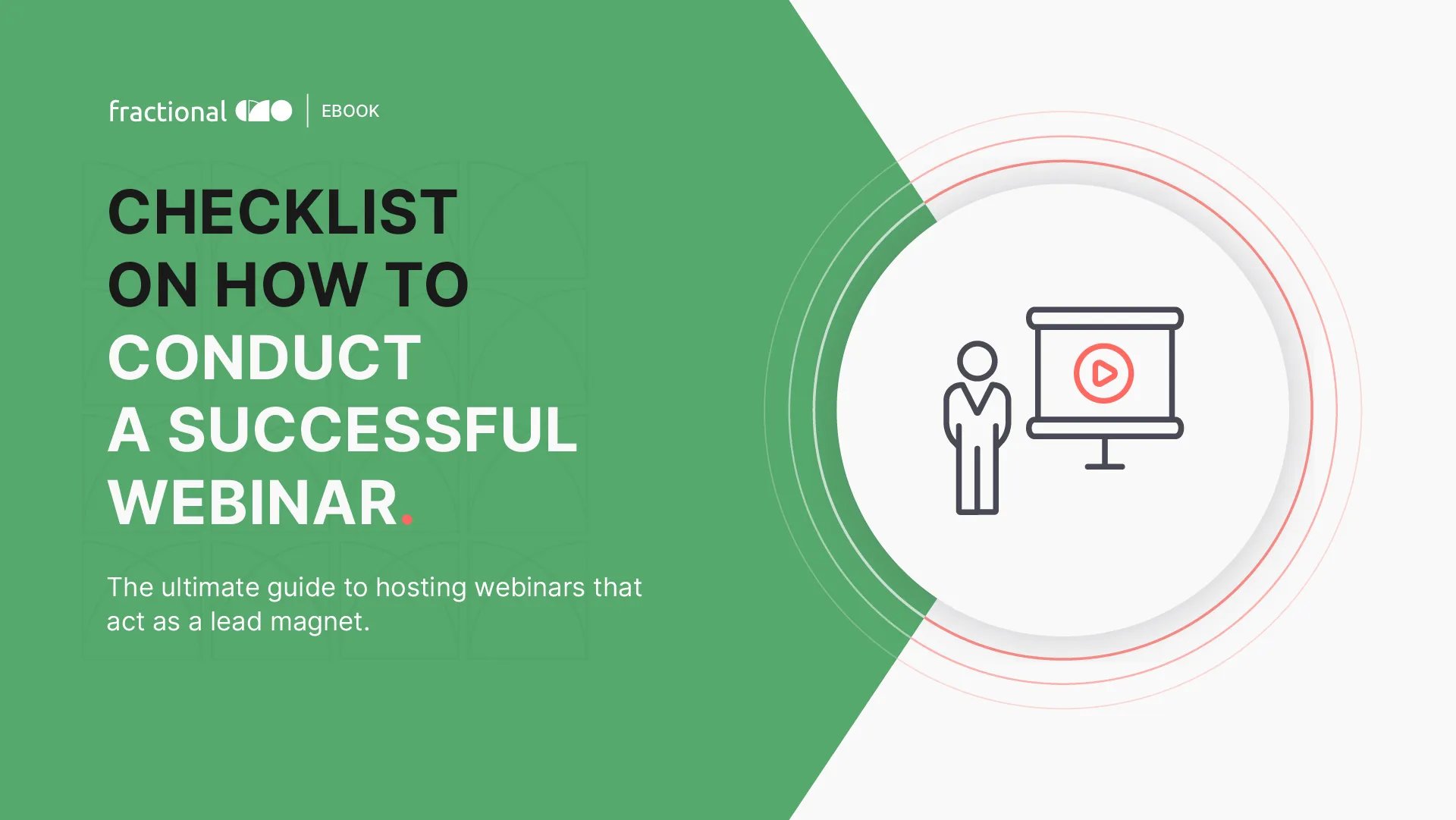8 Best Practices to Implement Lead Routing Like a Boss

5 minutes is what it takes to make or break a deal.
According to an HBR study, businesses that respond to inbound leads in less than 5 minutes, have a 100x higher probability of connecting and converting them.
Did you binge-watch Stranger Things Season 4 on Netflix yet? Remember those 4 clock chimes?
4 clock chimes, synonymous with 4 human deaths, were needed for Henry (The monster) to tear apart Hawkins city. And if the characters would have been able to kill him before the 4th death, this disaster would have been prevented.
Similarly, imagine you got a hot lead.
You need to engage with it within 5 minutes. If you don’t call or email that inbound lead within 5 minutes of hitting your website, you might lose out on that potential business. Trying to connect after that might seem like wasting your time.
Source: Giphy
Often, the lost leads will have already turned towards your competitors.
The solution to improve your lead response time and never miss out on any lead?
Lead Routing.
Lead Routing is the process that any business implements to collect and assign leads to the sales reps.
It depends on the way the business collects leads and wants to route those internally. It is based on the criteria set - geography, potential business size, product/service interest, a simple round-robin technique (where leads are in a queue and are assigned to the next available sales rep), or any other criteria (can be customized as well).
Now, why care about lead routing?
It is essential because, without a proper lead routing model in place, the lead assignment cannot be done logically, and your inbound leads might fall all over the place.
On to the best practices to implement lead routing successfully.
Lead Routing Best Practices
Reach the right rep faster for faster response times
Analyzing whether the inbound lead is a new prospect or an existing customer for your business is key to properly routing that lead to the right rep.
If that lead isn’t already a customer, you may route it to a sales development rep (field/call centre) who can qualify the lead and then move it down the funnel to the account executive.
A sample lead routing model is shown below:
Source: LeadSquared
If that lead is already engaged with your business, then route it to a customer success manager. CSMs can efficiently upsell/cross-sell on the basis of their existing relationship with the customer.
This method of routing leads helps in two ways:
One, by increasing the conversions faster.
Two, by being able to provide a better experience to the customers. For Instance, the CSMs can educate the customer about other solutions that can help them grow their bottom line.
Implement geography-based lead routing
If an employee is located in the same geographical location as the inbound lead, then they naturally belong to the same timezone and are more likely to be working at the time the lead hits the system.
The lead response time for the employee would be less in this case and they find it easier to schedule meetings.
Additionally, regional resemblance helps connect better with the lead. The two of them can maybe indulge in discussing the existing weather out there!
In the HubSpot example below, there is a workflow created. A trigger is set up where if the territory of an inbound lead is any of NAM and the lifecycle stage of the lead is MQL, then the lead should be rotated between the reps of team A.
Source: HubSpot
You can set up n number of triggers and workflows as per your business requirements.
Create, implement, and revisit a long-term routing plan
Zero in on a lead routing model that you want to implement in your business and ensure following it.
Avoid changing the model every now and then. Say, you assign leads to your reps on the basis of geography. And suddenly one day, you decided to begin assigning on the basis of potential revenue size.
In this case, either you go back and change the criteria for the already assigned leads, or you let them be and follow the new model for the new leads. Now, this is a tactical problem that you need to take care of.
The best practice is to plan your lead routing model and stick to it for the long term. Re-analyze the model after a certain period of time, and if it’s not fetching growth, change the model.
Pro Tip #1: Document the lead routing criteria that you implemented last time and the newly updated one as well.
Pro Tip #2: Document the buy-in from the top-level management - C-level, VP, and all other stakeholders mentioning that your business has implemented the X lead routing model based on Y logic on this date.
Map the right lead accounts to the right fit employees
All sales reps have different strength areas. For instance, one rep might be great at handling leads falling into a certain geographical area, while the other might be good at handling a particular industry.
Identifying the right fit reps and mapping their strengths to the appropriate lead profiles is the magic potion for a winning lead routing implementation.
Doing this ensures that you use their strengths to enable higher conversion rates and make the reps delighted (as they will be in an advantageous position).
Clean up the data for a fail-safe lead routing
Even Spiderman needs regular cleanup of his web shooters. If not monitored regularly, who knows if his spidey web shoots next time or not? If not, he might fall down flat on his face!
Before you haphazardly assign leads to your sales reps, ensure that all the lead data is intact. This information includes name, contact number, email address, interest level, and more.
By doing this, your rep will be better positioned to engage with that lead. Whether or not that lead is already in the system and if the lead is speaking to someone else in your company helps the rep appear professionally sound.
Form filling isn’t something that people like to do these days. Accordingly, marketers have switched to shorter forms that finish up within 3-4 clicks. As a result, you might end up with incomplete lead data.
And you need to enrich that data before passing it on to your reps.
Fill up incomplete forms with automation
We mentioned incomplete form fills above. Data enrichment techniques can help gather more information for better decision-making.
Imagine David as a lead. David writes Director of Finance as his designation. Through an automated segmentation process and the designated rules, you found out that he is in the financial reporting systems department. His primary job function is finance and he is at the director level. So, the buyer persona field would mention - Decision Maker.
Source: ZoomInfo
Using data cleaning, deduplication, enrichment, and segmentation, you will be better placed to complete all the relevant information and target the right audience with the best messaging. Post that, the platform helps route the lead to the SDR or Account Executive (AE), whoever is best suited to engage with it.
Avoid information over-dosage
Providing more than the required information to the sales reps might lead to them preferring to attend to certain leads and ignoring the others altogether.
Humans have a natural tendency to choose things that let them have the maximum benefit with minimal effort. If you share information like the last lead activity with your organization, the sales rep might be negatively motivated to choose certain leads over others.
As a result, the marketing’s effort to improve the performance of those channels/activities that aren’t performing well goes for a toss.
To avoid this, share only the essential lead information with your reps.
Measure the ROI of your lead routing efforts
Towards the end, measure the return that your lead routing efforts are fetching you. If the ROI(number of conversions) is not as expected, your models need revisiting. And if it’s positive, continue the great work, and think of how you can grow your Go-to-Market revenue further.
Leverage Fractional CMO to route leads effectively
Fractional CMO, a technology-focused marketing operations agency can help diagnose, architect, and implement lead routing solutions into your Marketing Automation Platform(MAP) and CRM. We’ve assisted businesses by implementing lead routing based on varied triggers. Read on:
- On the basis of asset download. Once a lead downloads a specific asset, that lead gets routed to a particular rep.
- On the basis of a simple queue
- Based on geography
To learn more about how Fractional CMO can remodel your lead routing process, get in touch with us.
And if you are looking to fix your leaky funnel by routing leads to the right rep, Chilipiper is your go-to. Chilipiper is an intelligent and accurate lead routing software.
Source: Youtube
PS: The next blog will be covering some cool discoveries and hacks on lead routing. So, watch out for more!
PPS: Don’t forget to share this post!









